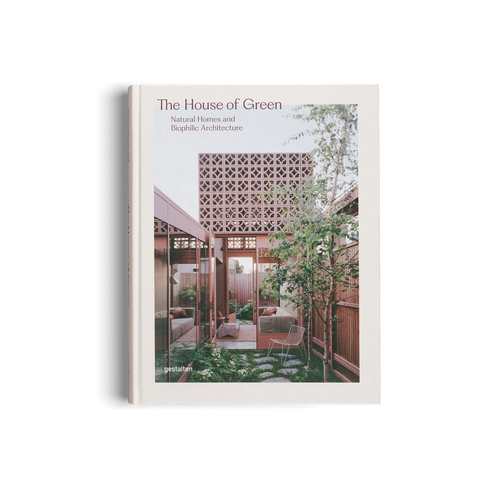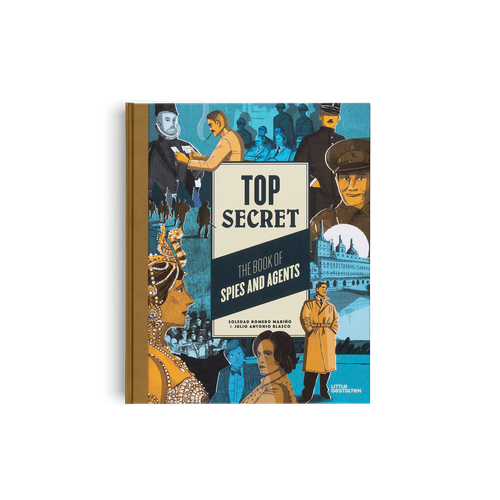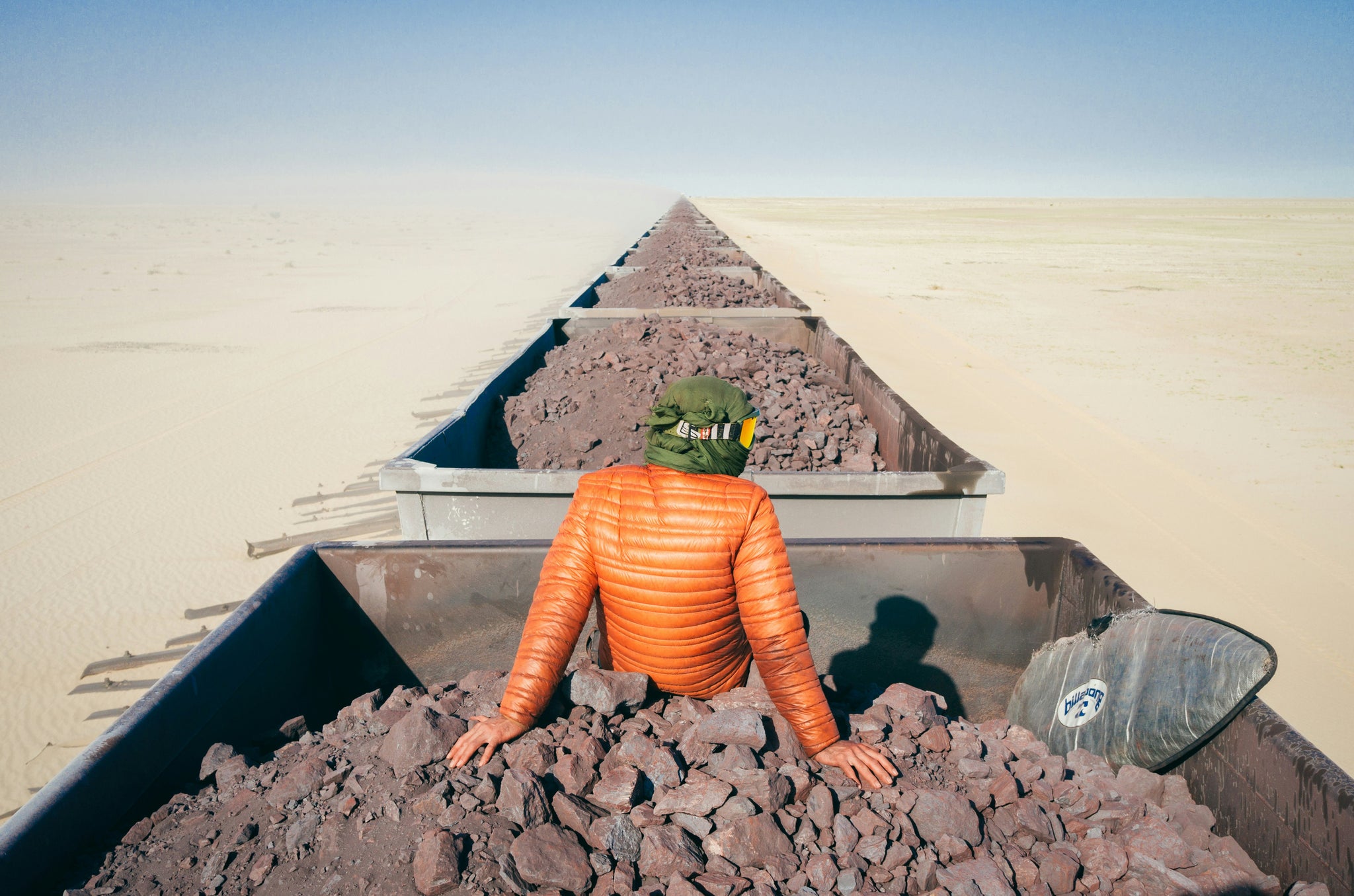
06/2018 visual culture
Known for his WED philosophy—one in which writing, editing, and design play equally important roles—García is one of the designers profiles in our new book Newspaper Design. We caught up with him ahead of the book’s release.
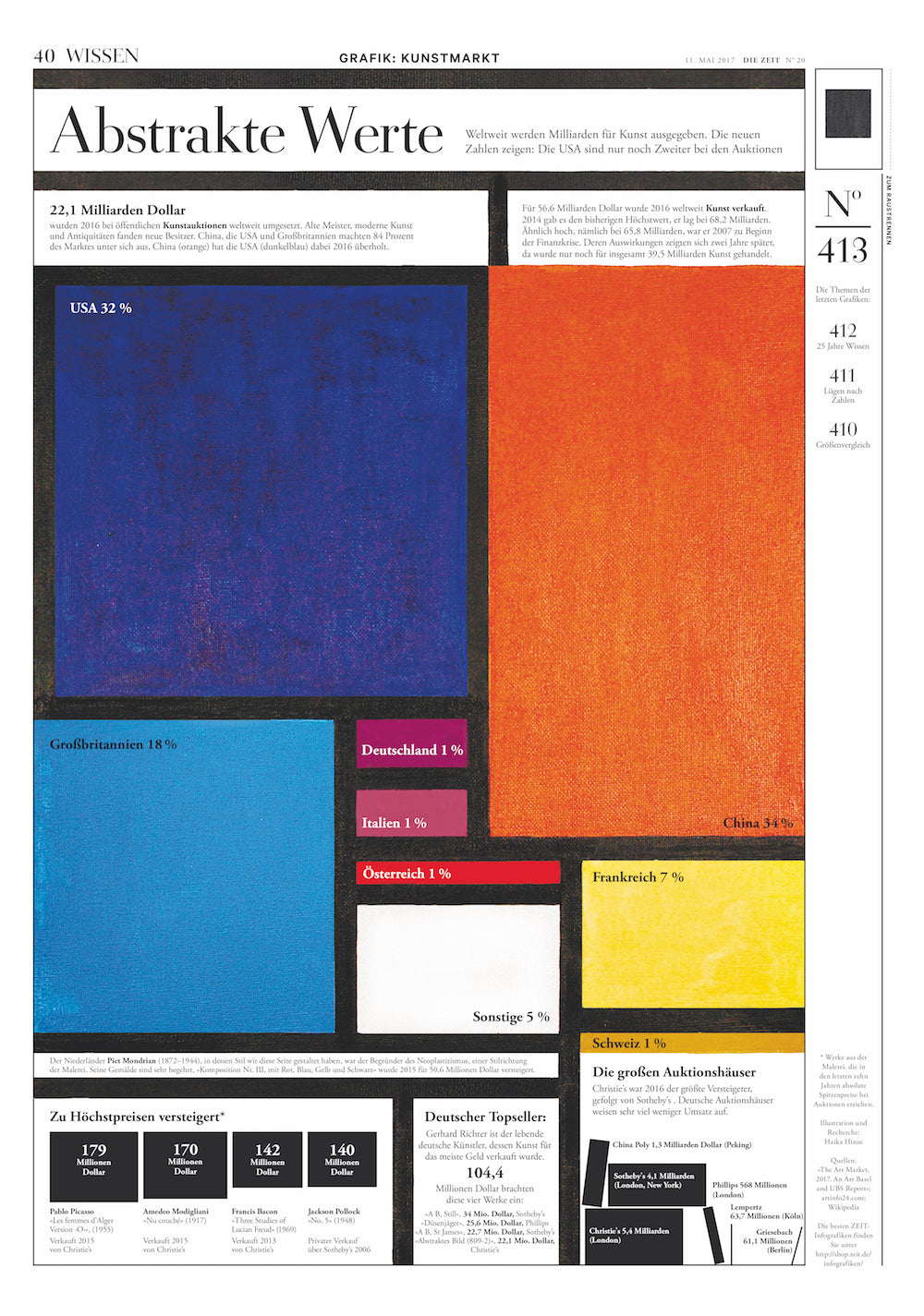
You’re an incredibly prolific editorial designer. How do you set your days, weeks, and months up to manage the many projects on your table at the same time?
It is a matter of time management and being able to move around what sometimes are distant geographic locations. I may have to be in Hong Kong one day and then turn around and be in New York, or Washington or Buenos Aires. So time management is key, and also, as I select projects, an awareness of the length of the projects that I am currently engaged in, as to avoid a clash of schedules.
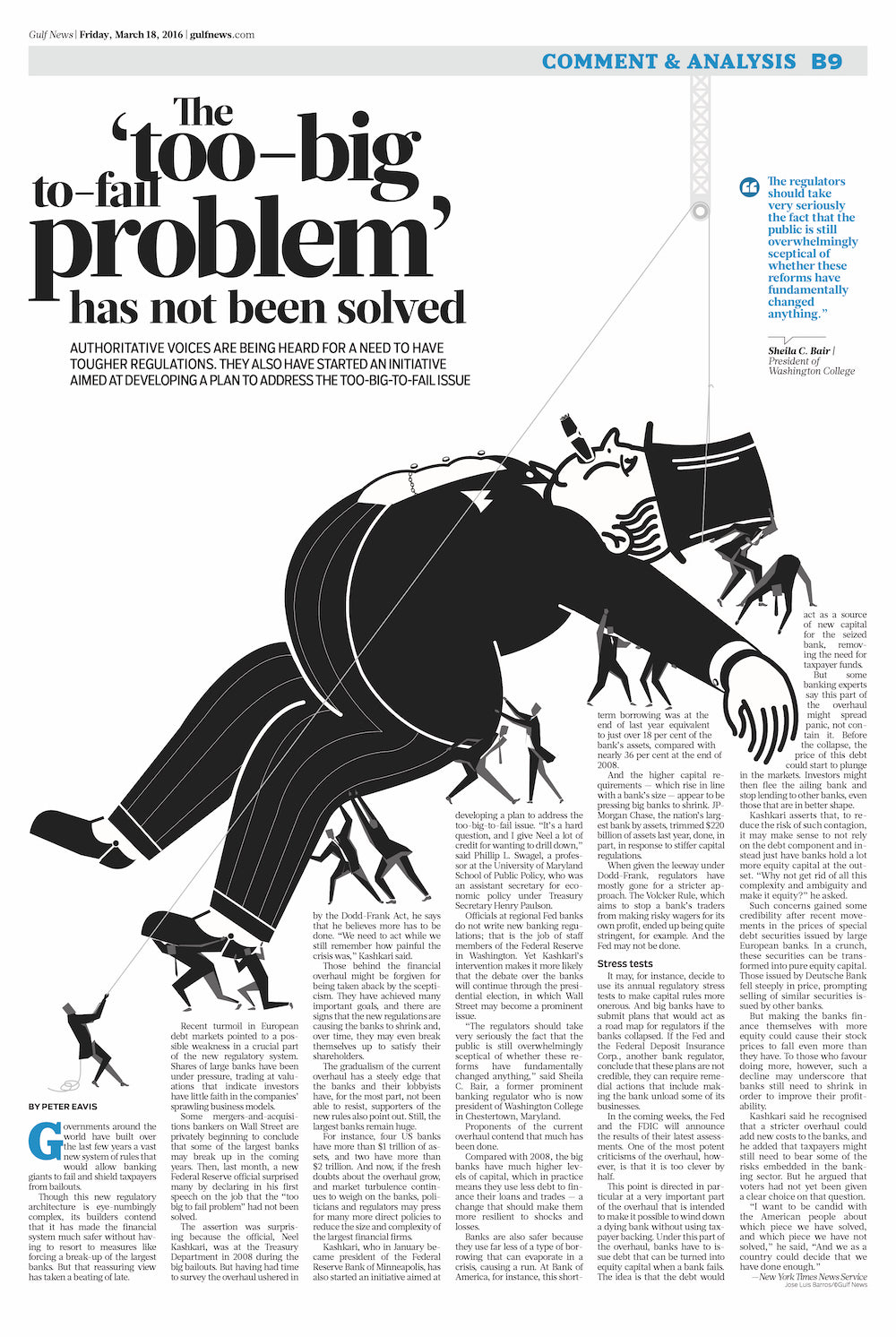
When you were named the director of Syracuse University’s School of Graphic Arts in 1977, you had never formally studied design. How do you think your autodidactic approach to editorial design shapes your career? Was it helpful or a hindrance?
It depends on how you look at it. I think my passion for design was there for as long as I can remember, but I never studied it. I wanted to be a journalist, and not necessarily a visual journalist. It just happened, and, to me, this was a good thing: since I had no formal schooling in design (my doctorate is in Comparative Literature of the 19th Century), I did not have any preconceived ideas of what editorial design was all about. I learned through observation. I am still a serious observer of design on anything from a napkin to the body of an aircraft---and even the tattoos on the back of the person inside of me. I, in a sense, was learning and discovering along with my students. So I see it as a positive development in my career. If I had to do it over again, I don't think I would opt to study ONLY design. Better to have an overall view of the liberal arts and to train yourself to be forever an observant. Because I taught myself design, I was able to put together my own theories of how I arrived at that learning, which I have now put forth through my 13 books.

With the rise of digital platforms from mobile phones to VR and AR technology, how has your WED philosophy changed?
WED is more needed and important now than ever before. We need to marry words and visual images in more ways than we did when ONLY print was there. The seduction process that takes place with visuals is more challenging on the small screen of a phone. Designers also have to worry about the user experience. WED now has a new definition: the marriage of words/editing/design but also the marriage of practical user applications with aesthetics and storytelling. Tall order. WED reigns supreme today. When it comes to visual storytelling for mobile, the marriage of words and visuals has never been stronger, OR more needed.
When addressing the Nieman Lab each year with your forecast for the future, what factors go into your annual predictions?
Predicting is always such a difficult task, and every year I am tempted to say: I pass. But then, you realize that these predictions are merely statements of where one sees the industry at a given moment (usually December!), and can contribute ideas for discussion. I hear the locals and their predicaments, their goals. I inspect my own projects, and the newsrooms I have visited during the year, and I know the timeline of my own projects. Put all of that together and you can predict with some degree of certainty.

You’ve worked on papers from around the world. Does good editorial design exist across the many languages and alphabets, or is it specific to whichever set of words and characters the designer is assembling alongside the images?
The story is what it is all about, regardless of language or culture. A good story is an engine that drives the rest.
To which papers and magazines do you still subscribe to this day?
The New York Times, The Washington Post, Spain’s El Pais, Argentina's La Nacion.


